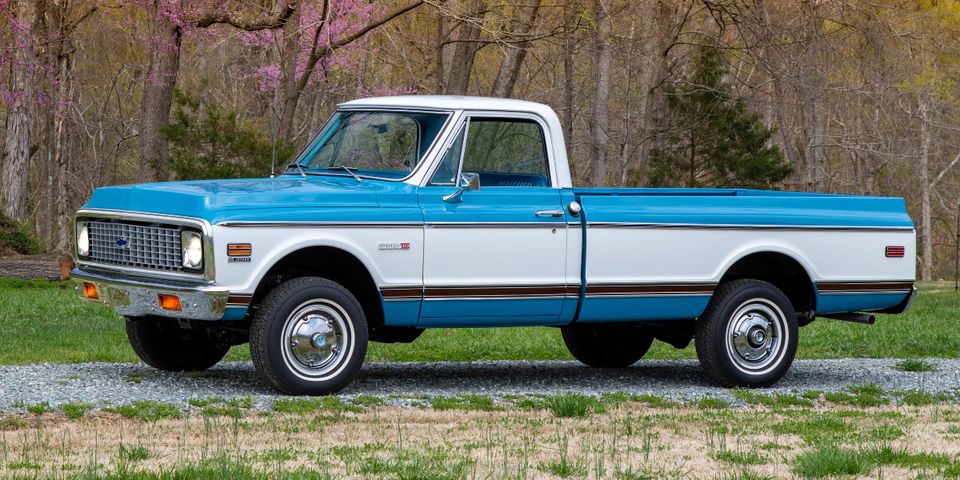
Chevrolet®, also known as Chevy, is one of the most iconic truck brands in the world. This pioneering manufacturer is built on a tradition more than 100 years old, and vintage Chevy trucks remain popular among enthusiasts. If you're curious about how this brand started out and built its reputation, here is more information about how its trucks changed throughout the years.
Origins
Chevrolet was founded in 1911 by race car driver Louis Chevrolet and General Motors® founder William C. Durant. Their first vehicle was the 1913 Classic Six®, and in a competitive car market, many people considered this model to be overpriced. This drove the company to build more affordable trucks, led by their 1915 Model 490®, which aimed to compete with the Ford® Model T®. This was a delivery truck, and buyers had to install the cab and body themselves. After this model, the next popular version was the 1918 Chevrolet One-Ton®, a much more powerful truck that put out 36 horsepower from its 4-cylinder engine. If you visit a car show, you are likely to see at least one of the vintage Chevy trucks among the attendees.
Evolution

In 1929, Chevy made large changes with its International Series AC Light Delivery® truck. This was the first truck to include an inline 6-cylinder engine. This engine was nicknamed the “Stovebolt” because the fasteners looked similar to those on wood-burning stoves. It was also the first model to have a closed cab and an array of color options.
Through World War II, Chevy’s main goal was more powerful engines, eventually leading to its AK® series trucks in the mid-1940s. These vintage Chevy trucks were considered the second real truck that General Motors produced because it didn't use a car's chassis. They split in design from previous models because they had vertical bars in the grille.
Modern Chevy
Over the decades, Chevy continued to produce pickups for work purposes, though models like the Chevy LUV® and C/K® were becoming more appealing to everyday drivers throughout the 1970s and 1980s. The C/K series of pickups had two options: “C” was a two-wheel drive option, while the “K” was four-wheel drive. These models gave buyers an attractive, powerful vehicle with increased fuel economy and better amenities—a combination rarely seen in trucks. The 1999 Silverado® line took this a step further and has been upholding Chevy’s legacy since.
If you’re searching for a classic truck periodical, subscribe to Vintage Truck magazine. Published out of Xenia, OH, this magazine prints essential content and advice for vintage truck enthusiasts, including tips from experienced mechanics, engaging columns, and exciting features. The publication has readers from across the nation, so if you want to learn about restoring, maintaining, and working on trucks, this magazine is ideal. Call (937) 767-1433 or visit the website to learn more about the magazine’s subscription packages.
About the Business
Have a question? Ask the experts!
Send your question

